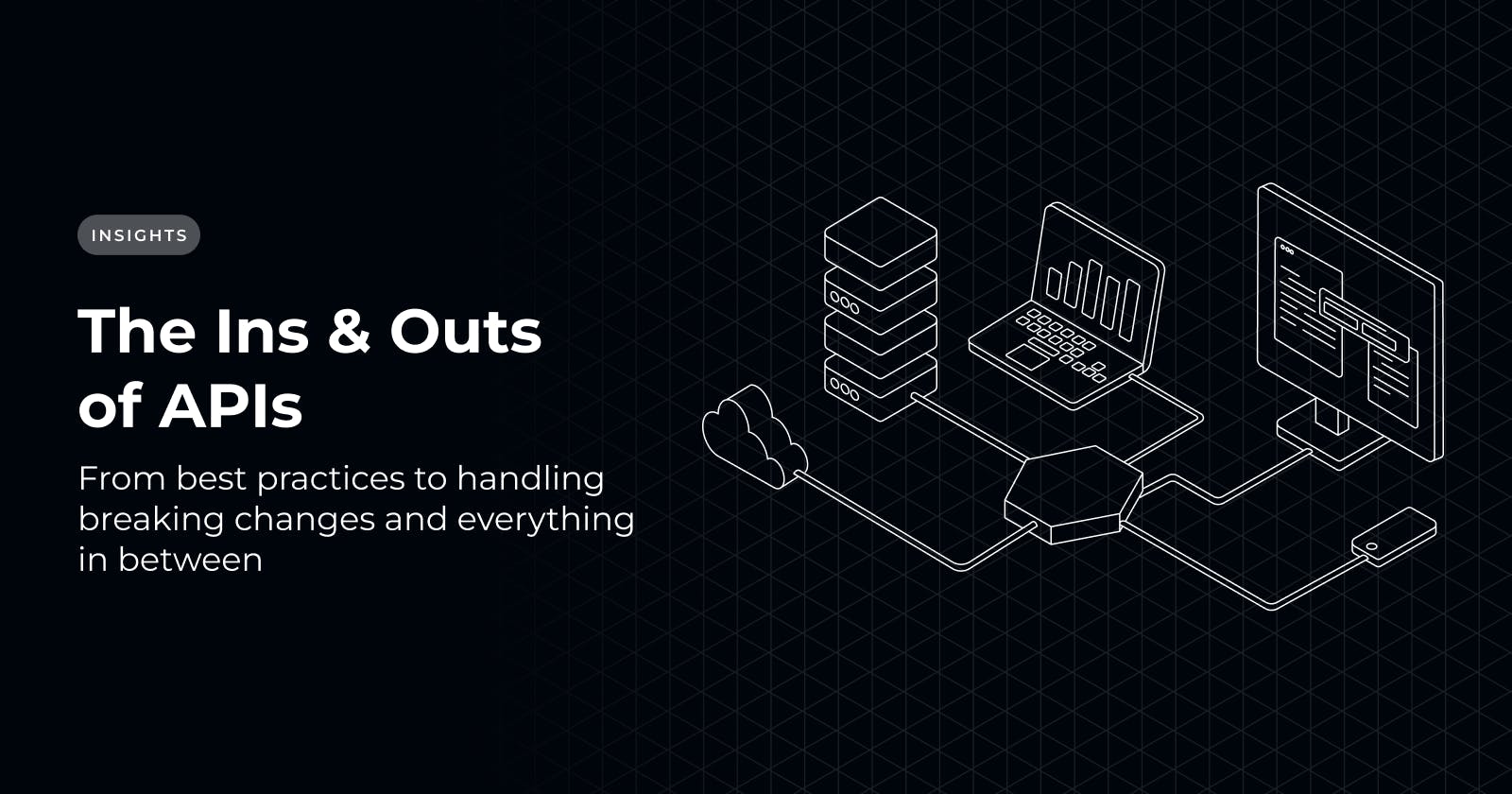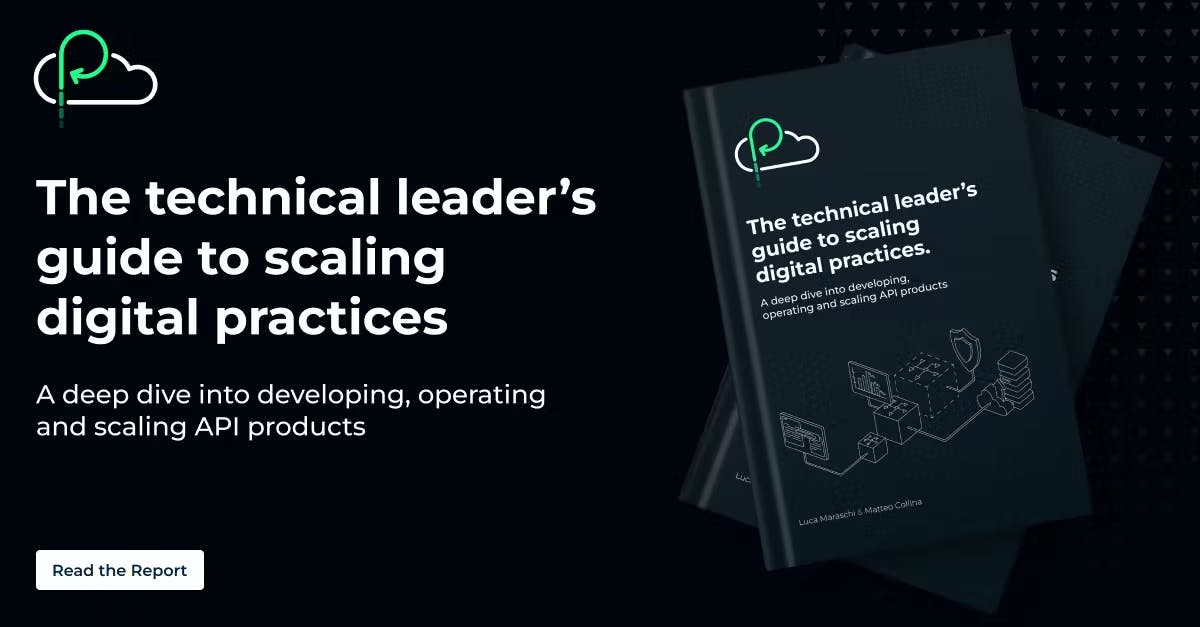The Ins & Outs of APIs: From Best Practices to Handling Breaking Changes and Everything in Between
APIs are the unsung heroes of modern application development, enabling seamless integration, data exchange, and innovation. They play a pivotal role in digital transformation, with 90% of executives considering APIs "mission critical" for growth and innovation.
Key statistics underscore their importance:
43% of developers and API professionals said that APIs generate over 25% of company revenue
On average, over a quarter of developers spend >20 hours per week working with APIs
35% of developers claimed that delivering an API to a production environment takes between 1 week and 1 month, with 18% taking longer.
92% of organizations plan to invest in APIs in the next 12 months.
API Evolution: From Complexity to Simplicity
APIs have come a long way. Early APIs were complex, with obscure documentation, hindering Developer Experience (DevEx). Modern APIs, designed with developers in mind, introduced simplicity and predictability.
Today, we see a promising trend towards the standardization of Enterprise-level APIs across industries such as open banking, open mobility, and open health. This trend isn't just about specification and increased adoption; it's about simplification and a user-centric shift.
This has the potential to eliminate a layer of complexity that has historically bogged down API development.
Extensible APIs: Filling The Need for Innovation
Up until now, developers had two options when setting up APIs:
Build everything from scratch: A time-consuming and resource-intensive process, oftentimes delaying time-to-market and integration, particularly for startups.
Use an off-the-shelf solution to quickly build an API from a database or a schema: While faster, this option often lacks customization and scalability.
As the backend development space grows and innovates, tools such as Platformatic are available to help developers build extensible APIs rapidly, without having to forgo any of the customization they would have had access to if they had built it in-house.
Key Principles for Robust & Scalable APIs
In order to create robust and scalable APIs, following best practices that encourage modularity, flexibility, and optimal performance are critical. Some best practices include:
Build configurability into the core of your API
Design APIs with loose coupling
Ensure proper error handling
Utilize appropriate data formats and standardized response structures
Monitor and optimize API performance:
Mitigating API Security Vulnerabilities
With APIs handling sensitive data, compliance requirements, and integration with third-party systems, ensuring API security is a critical concern for organizations.
Common vulnerabilities like broken access control, authentication flaws, injection attacks, inadequate rate limiting, and excessive data exposure require mitigation through proper authorization, authentication protocols, input validation, and rate limiting.
Managing Breaking Changes
As organizations continually adapt their digital offerings to ever-evolving customer needs, the rapid addition of new features can cause an application to fail due to breaking changes.
A breaking change occurs within an API when a modification or update to a software system introduces an incompatibility with the existing codebase or interface, leading the software application to, as the name would suggest, break.
Key actions that can be taken as part of breaking-change best practices include:
Conducting regular code testing and quality assurance
Implementing a clear versioning strategy
Building for backward compatibility
Wrapping Up
In summary, APIs are driving innovation and growth in the digital landscape. Standardization, extensibility, and best practices are key to harnessing their full potential while mitigating risks and disruptions. Platformatic simplifies API development, making it easier to adapt and thrive in this dynamic environment.
At Platformatic, we understand how important API management is and the critical need to simplify how developers build, maintain, and scale APIs. This blog post provides a snapshot of Chapter 2 from our e-book: "The Technical Leader’s Guide to Scaling Digital Practices." To delve deeper into the world of APIs, best practices, and how Platformatic’s simple and fast backend for modern frontends can help you, be sure to check out our full e-book below.


